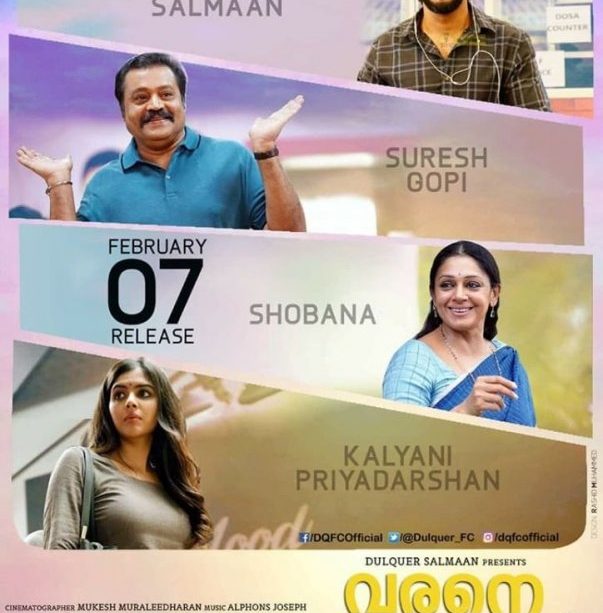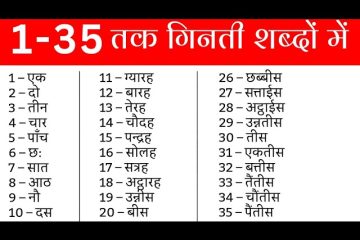Understanding the Malayalam Language and Its Cultural Importance

Introduction
Malayalam, one of the 22 scheduled languages of India, holds a significant place in the diverse linguistic landscape of the country. Predominantly spoken in the state of Kerala and the Lakshadweep islands, Malayalam is not only a means of communication but also a vessel of rich cultural heritage, literature, and art. Understanding Malayalam goes beyond the language itself; it requires appreciation of its historical and contemporary significance to the people of Kerala.
Significance and Current Events
As of October 2023, the role of the Malayalam language continues to grow in the realms of literature, cinema, and education. The 2023 Kerala Literature Festival, held in Kozhikode, showcased numerous Malayalam authors, poets, and playwrights, underlining the language’s vibrant literary scene. This annual festival promotes reading and inspires many to explore and celebrate Malayalam literature.
Additionally, Kerala’s film industry, known for its innovative storytelling and production quality, has gained national and international attention. Recent films have showcased not only the beauty of the Malayalam language but also unique cultural narratives that resonate with a global audience. Noteworthy recent releases have won accolades at various film festivals across the world, further cementing Malayalam cinema’s reputation.
Concerns and the Future
Despite its rich heritage, there are concerns over the preservation of the Malayalam language among younger generations. With globalization and the dominance of English, many young individuals are gravitating towards more widely spoken languages, potentially leading to a dilution of their native tongue. This has prompted various cultural organizations and the Kerala government to initiate programs aimed at promoting Malayalam through education and digital media.
In the coming years, efforts to bridge the generational gap regarding language use will be crucial. Programs encouraging the use of Malayalam in literary circles, social media, and educational curriculums may help ensure its longevity. Furthermore, as technology advances, incorporating Malayalam into digital platforms will also play a vital role in keeping the language alive.
Conclusion
In summary, Malayalam is more than just a language; it is a profound expression of identity, cultural richness, and heritage. Its contemporary relevance, coupled with a strong literary and cinematic tradition, makes it a vital component of India’s cultural mosaic. As the world becomes increasingly interconnected, understanding and valuing languages like Malayalam is essential not only for preserving local traditions but also for fostering a multicultural dialogue that benefits global society.









